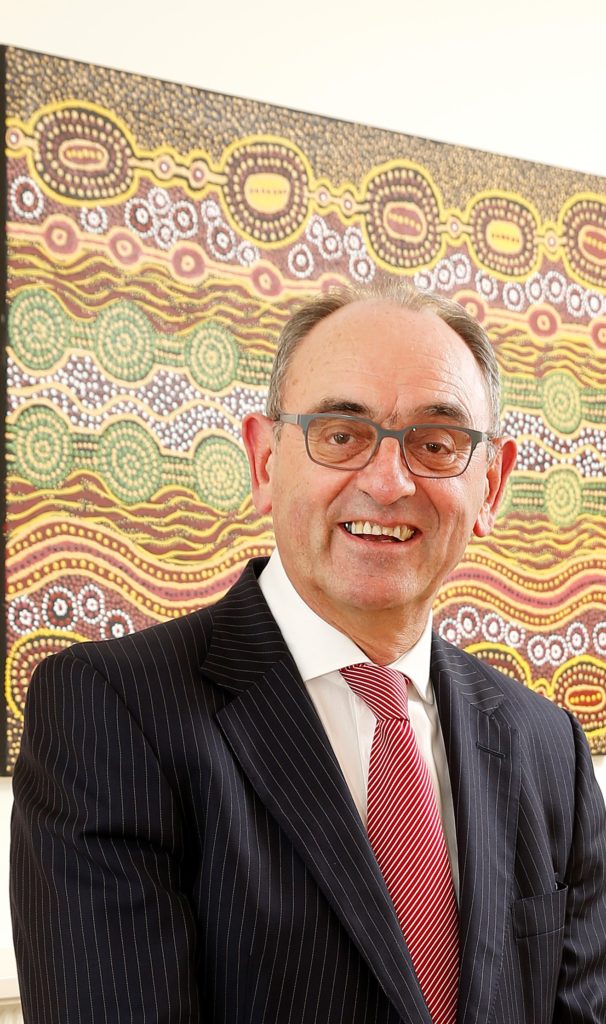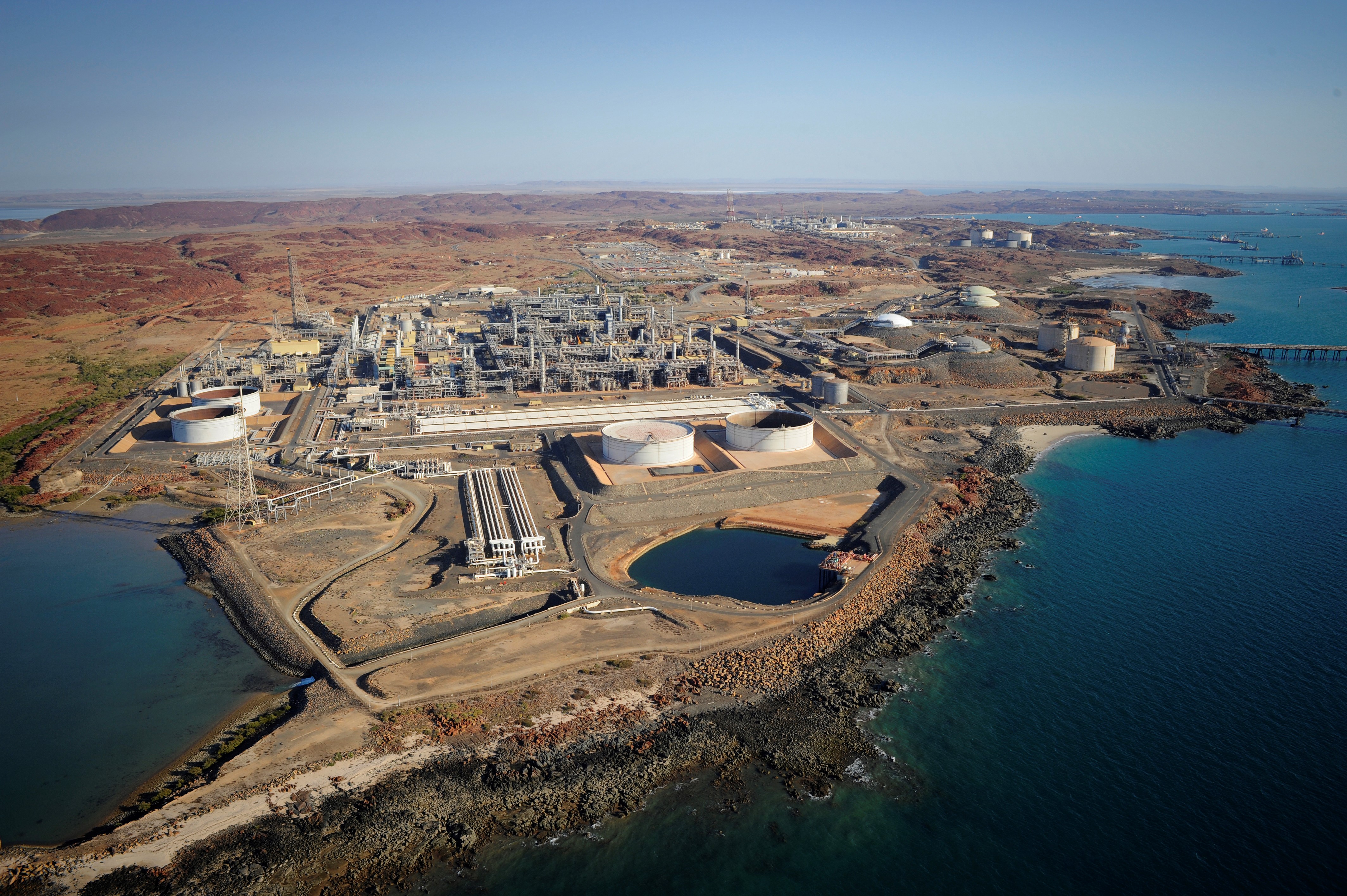LNG import terminals have once again been flagged as a critical component of Australia’s imminent gas supply needs, especially for the State of Victoria.
In its latest report, New EnergyQuest has predicted that gas production offshore Victoria will start to decline ~2023, with Cooper Basin gas following suite around 2026. At this juncture, the southern states could be staring down an energy crisis barrel, with New South Wales’ Narrabri Project insufficient to meet demand should Santos proceed with the now sanctioned gas facility.
LNG lifesaver

EnergyQuest CEO Dr Graeme Bethune said: “Additional gas supplies are urgently needed for the southern Australian states and LNG imports are the only means of securing supply sooner rather than later and at the necessary volumes.”
EnergyQuest cited Asia and the United States as examples as large producers who also imported LNG and suggested Australia would be wise to consider this dynamic.
Asia-US set LNG import examples even though large producers in their own right and said
“Large distances between producing fields and demand centres mean transport by sea is more price competitive than building pipelines across large distances, difficult terrains and water,” he said. “This is the case in Malaysia (the world’s fourth largest LNG producer) and Indonesia (the sixth).
“The United States, the third largest exporter of LNG in 2019, also imports natural gas and the Australian situation has parallels with all three of these countries.”
EnergyQuest said Australia did not need to look beyond its own borders to meet predicted supply shortfalls.
“Western Australia has bountiful gas resources capable of supplying the east coast as well as export markets. Port Hedland in Western Australia is a long way from Melbourne so, as in Malaysia and Indonesia, the cheapest form of transport is by LNG tanker rather than by a long-distance pipeline.
“Similarly, as in the US, one of the reasons NSW is likely to have to import LNG is bans on indigenous gas development.”



